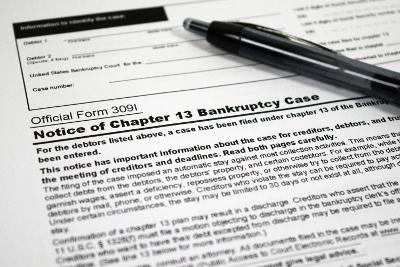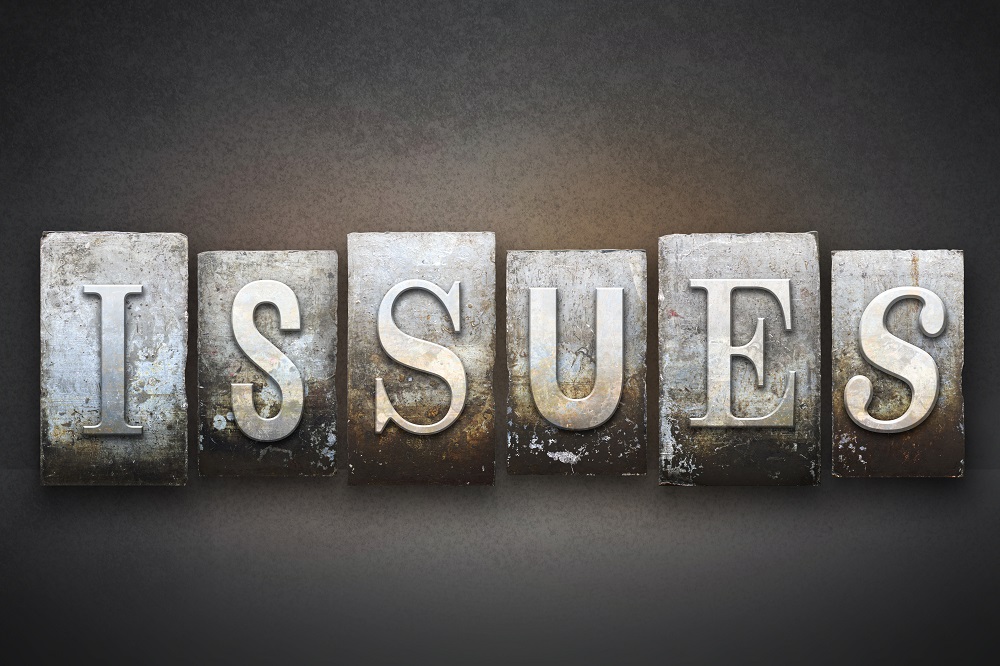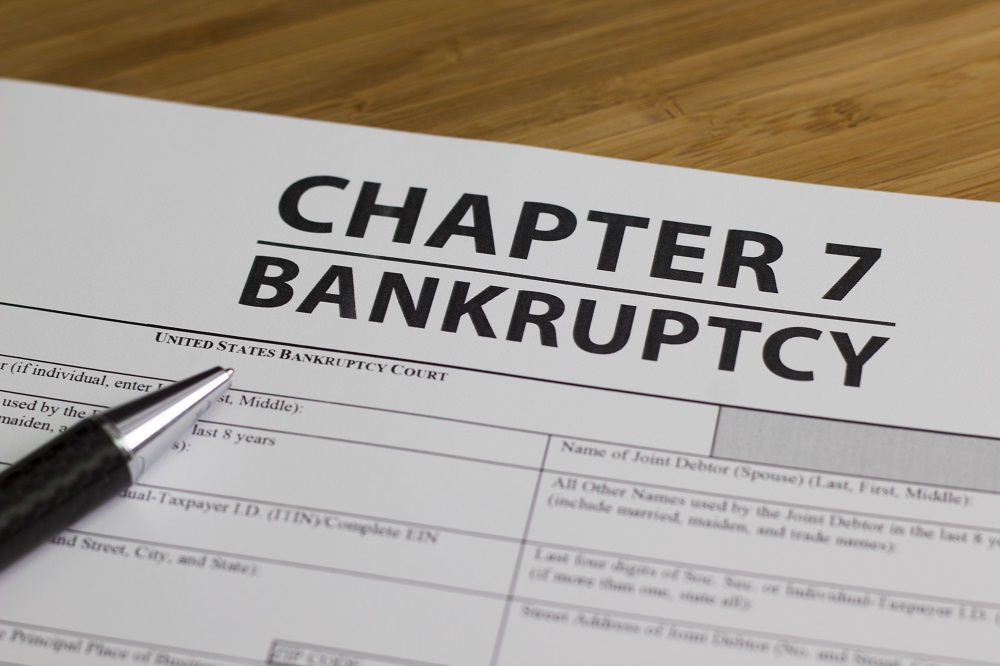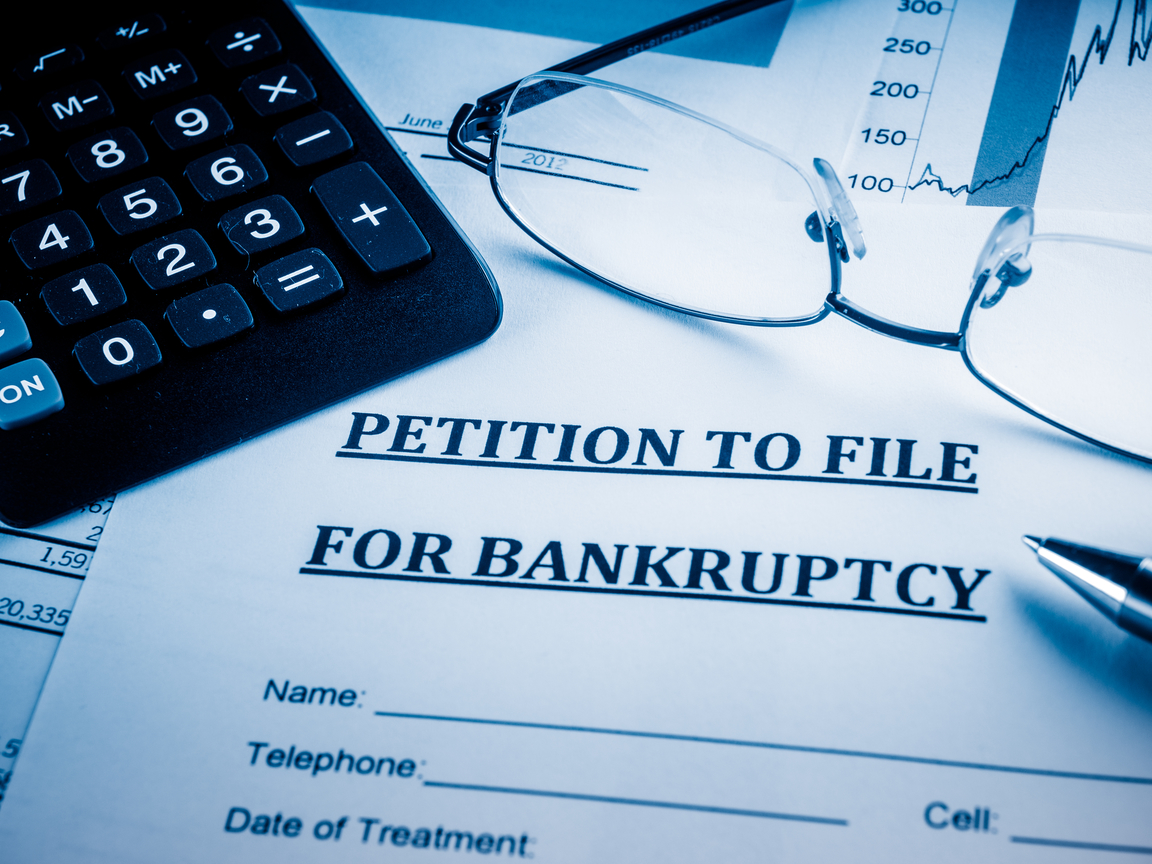Reasons to File for Chapter 13 Bankruptcy in Arizona
Arizona Chapter 13 bankruptcy comes with well-defined requirements. A debtor will have to come up with a repayment plan that will allow them to pay at least some amount to creditors in the coming three to five years. If a person is capable of sticking with the agreed-upon terms, all of their remaining debt will be discharged. Many people are wondering whether Chapter 13 bankruptcy is a good idea. The following article will shed some light on the most important reasons to file for Chapter 13 bankruptcy in Arizona.
Specifics of Chapter 13 Bankruptcy
In Arizona, Chapter 13 bankruptcy is typically used by debtors who are interested in keeping at least some of their assets. It is the best choice for individuals who want to protect more property than what they’re entitled to with the Arizona bankruptcy exemptions.
A Means Test is performed to determine whether a three-year or a five-year repayment schedule will be applied. The test is used to figure out whether the debtor has monthly income that is below the Arizona median income. If a person does pass the test and their income is lower, a three-year repayment plan will be applied.
Payments to the trustee have to start within 30 days of filing for Chapter 13 bankruptcy. A judge will also have to schedule a hearing no later than 45 days from a meeting with creditors. The judge will determine whether a Chapter 13 bankruptcy is a feasible option for the debtor.
Upon confirmation of the plan in court, the trustee will begin distributing funds to the creditors.
Reasons to File for Chapter 13 Bankruptcy in Arizona
 Now that the parameters of Chapter 13 bankruptcy have been examined, let’s take a look at a few of the most common reasons why people file for such bankruptcy:
Now that the parameters of Chapter 13 bankruptcy have been examined, let’s take a look at a few of the most common reasons why people file for such bankruptcy:
- Protection from creditors: Chapter 13 bankruptcy provides protection from creditors and bill collection efforts. An automatic stay prevents home foreclosures and the repossession of vehicles owned by the debtor. Any creditor that continues to enforce debt collection effort may be sued in bankruptcy court.
- It is easier to qualify for Chapter 13 bankruptcy: many people find Chapter 7 bankruptcy much more desirable but they don’t realize that it’s very difficult to qualify for. Under Chapter 7 bankruptcy, debt will be discharged in its entirety and no repayment schedule will be needed. The means test for a Chapter 7 bankruptcy filing, however, is much more rigorous.
- There is no mandatory asset liquidation: depending on the specifics of the situation, a person may be forced to sell assets after filing for a Chapter 7 bankruptcy. This isn’t the case with Chapter 13 bankruptcy filing. There are no asset liquidation requirements but financial resources will be required to stay on track with the repayment schedule.
- A lot of flexibility: Chapter 13 trustees are usually quite flexible when it comes to determining the debt payment terms. Some payment will be required but the conditions are going to be much more lenient. The amount of the debt could potentially be reduced and once the terms are agreed-upon, creditors cannot oblige the debtor to repay them in full.
A Few Considerations to Keep in Mind
While a Chapter 13 bankruptcy does provide an array of advantages, it is not necessarily the best option for everyone.
Before filing for such bankruptcy, you may want to talk to an experienced attorney. Ask them about the benefits and the potential shortcomings, as well.
A few of the most prominent downsides of filing for Chapter 13 bankruptcy include the fact that debt has to be paid out of one’s disposable income, it will remain on one’s credit record for up to 10 years, a debtor will find it almost impossible to get a mortgage after filing for Chapter 13 bankruptcy, debt repayment can take up to five years and declaring Chapter 13 bankruptcy will make it more difficult to file for Chapter 7 bankruptcy in the future.




